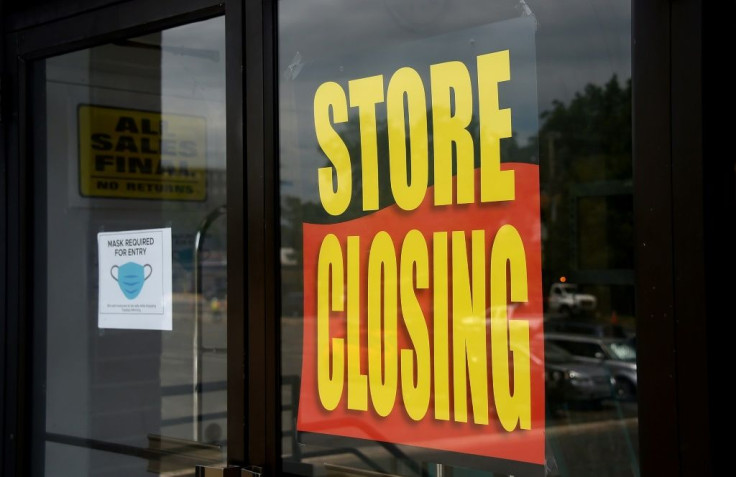What Is A 'K-Shaped Recovery'? Economists Worry About A Unequal Return From COVID Downturn
The U.S. economy in recent weeks has made strides towards recovery from the COVID-19 pandemic, with states like New Jersey and California starting to allow indoor dining and movie theaters to resume.
However, some economists have a less-than-rosy outlook on the country’s recovery potential.
A term making the rounds among these worried economists is “K-shaped recovery,” a trajectory that is split and unequal for different portions of the market. Specifically, they expect big businesses and Wall Street banks to see strong growth, while smaller independent businesses and entities continue to suffer.
“The K-shaped recovery is just a reiteration of what we called the bifurcation of the economy during the Great Financial Crisis. It really is about the growing inequality since the early 1980s across the country and the economy,” said Joseph Brusuelas, chief economist at RSM. “When we talk K, the upper path of the K is clearly financial markets, the lower path is the real economy, and the two are separated.”
The signs of this potential phenomenon could be seen as far back as March, CNBC notes. In March, the stock market — a bellwether for the success of the wealthiest institutions and individuals — surged, while unemployment exploded for most Americans and small businesses started to go under in droves.
Stocks and mutual funds are generally the domain of the wealthy, with 52% of them being held by the richest 1% in the country. The specific stocks seeing major growth are also from the biggest companies, like Apple and Microsoft, further exacerbating the issue.
“The K-shaped narrative is gaining traction as the tale of two recoveries conforms well with the ongoing outperformance of risk assets and real estate while front-line service sector jobs risk permanent elimination,” said Ian Lyngen, head of U.S. rates strategy at BMO Capital Markets.

© Copyright IBTimes 2024. All rights reserved.




















